Specific questions on Lasagna Gardening
lindrusso
16 years ago
Related Stories
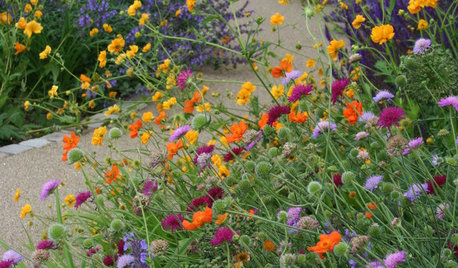
PLANTING IDEAS3 Color Palettes to Help Set Your Garden’s Mood
Select plants in these color combinations to create an outdoor space that’s cheerful, energizing or calming
Full Story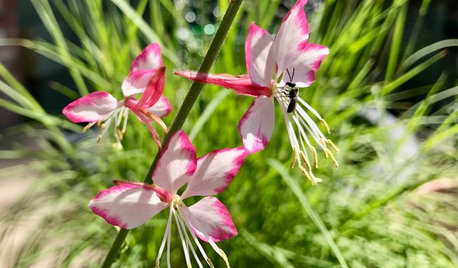
GARDENING GUIDESHow to Find Your Garden’s Voice
Incorporate plants native to your region for a memorable space that brings back the landscape’s ‘regional accent’
Full Story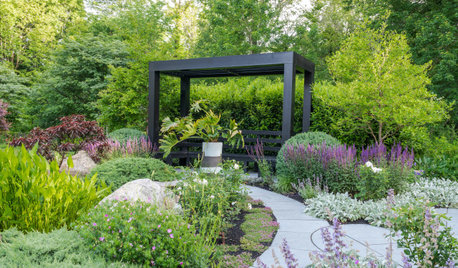
LANDSCAPE DESIGN10 Questions to Ask a Landscape Designer
Discover how to choose the best designer for your yard and avoid surprises down the line
Full Story
GARDENING GUIDES6 Questions That Will Help You Pick the Best Plants for Your Site
Before you head to the nursery, learn more about your outdoor space
Full Story
GARDENING GUIDESNo-Regret Plants: 5 Questions Smart Shoppers Ask
Quit wasting money and time at the garden center. This checklist will ensure that the plants you're eyeing will stick around in your yard
Full Story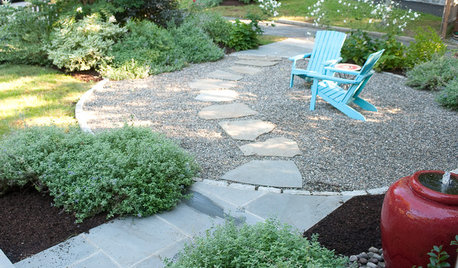
LANDSCAPE DESIGNHow to Select the Right Gravel for Your Garden
Answer these 7 questions to find the right gravel size, color and texture for your needs and landscape style
Full Story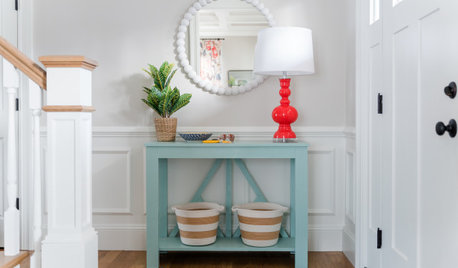
DECLUTTERING5 Questions to Overcome a Decluttering Roadblock
A professional organizer shares questions that can help you decide what to do with those items in your ‘maybe keep’ pile
Full Story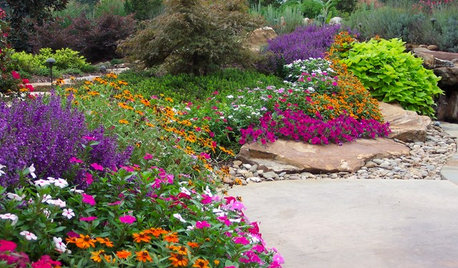
GARDENING GUIDESHow to Feed Your Plants for a Healthier Garden
Here’s what you need to know to choose a fertilizer that best fits your plants’ needs
Full Story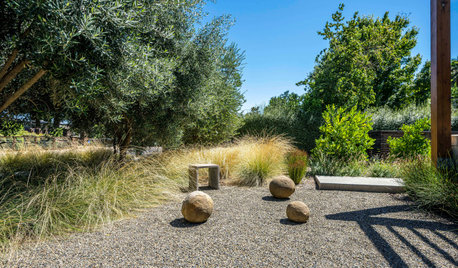
GARDENING GUIDES12 Gardening Ideas You Can Count as Resolutions
See how to set up your outdoor areas for more enjoyment next year and make them a bit more earth-friendly in the process
Full Story
GARDENING GUIDES6 Captivating Roses for an Alluringly Fragrant Garden
Perfume your garden with aromas from richly spicy to lightly sweet, without sacrificing an inch of color
Full Story




cowgirl2
west_texas_peg
Related Discussions
Lasagna garden issues and question!! Help...please!
Q
Lasagna Gardening Question
Q
Lasagna Gardening Questions! Please help!
Q
Question about lasagna gardening
Q
cowgirl2
tclynx
lindrussoOriginal Author
diggerdee zone 6 CT
dawiff
lindrussoOriginal Author
kqcrna
Kimmsr
lindrussoOriginal Author
diggerdee zone 6 CT
cavamarie
led_zep_rules